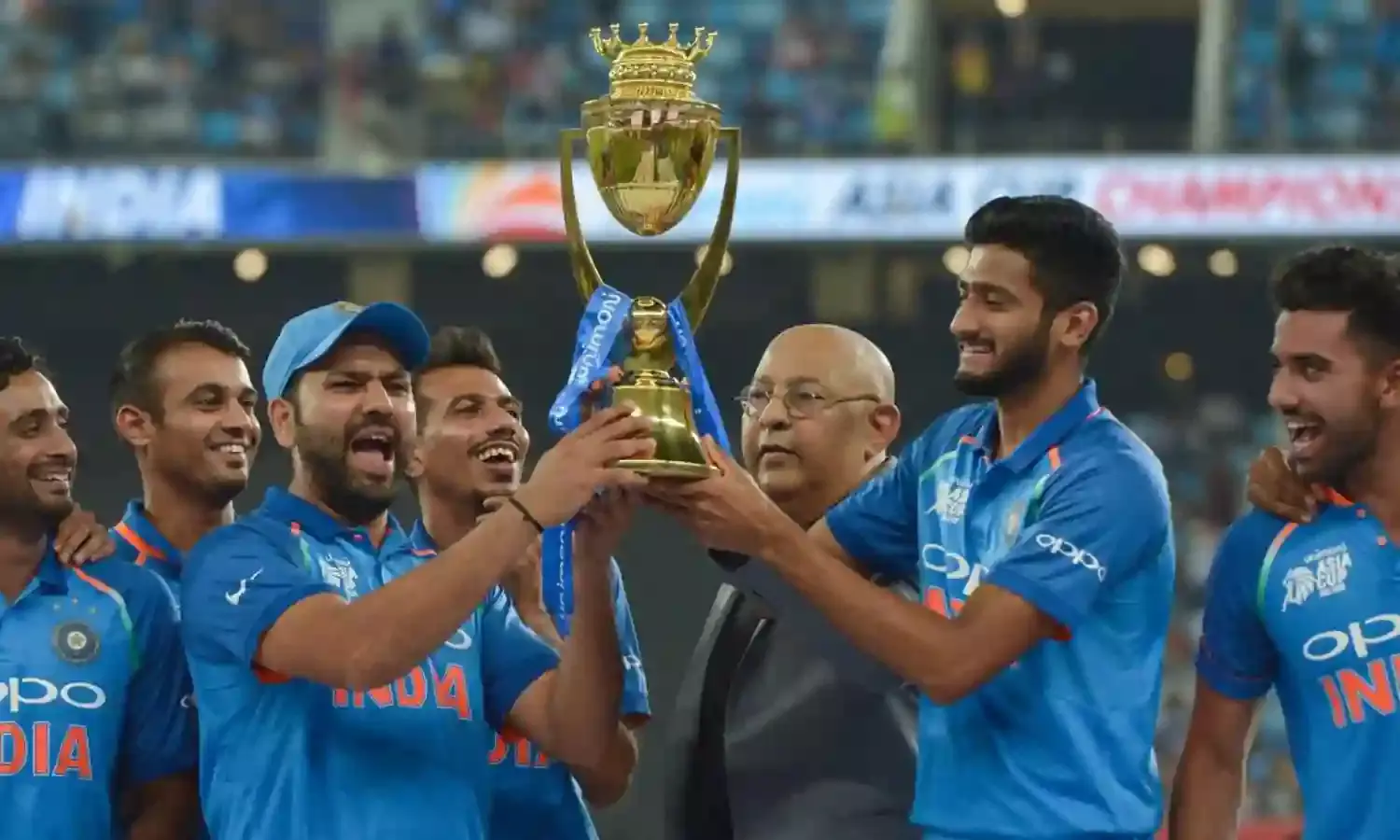Asia Cup Win Should Not Camouflage Flaws in Indian Line-Up
Asia Cup Win Should Not Camouflage Flaws in Indian Line-Up

India romped home with their seventh Asia Cup title after beating Bangladesh in a nail-biting final. India didn’t lose a single game in the tournament; Afghanistan came close, but the match ended in a tie. They emerged as the Asian Champions for the seventh time, but does that mean there aren’t any flaws in this high-on confidence Indian side? Well, the answer would be a simple no. They might appear to be a well-oiled attack on a whole, but there are few loopholes in this inspiring side.
The bowling on a whole looks intimidating, especially the wrist-spinners, but their pace department needs reinforcements. Despite the absence of Virat Kohli, their batsmen did well to clinch the title, but the middle-order still wears a vulnerable look. Such weaknesses would be brutally exploited in a bigger tournament like World Cup, which is just few months away. Asia Cup served as an ideal breeding ground for the Asian teams and weaknesses did pop out in this Indian side during the course.
Talking about India’s bowling, there is a dearth of impactful bowlers in bench. The opening game against Hong Kong saw India playing their second string attack and almost paid the price. Hong Kong batsmen came really close to India’s total but lost the encounter by 26 runs. Their openers stitched a match-winning stand of 174 runs, but were unfortunate to end up on the losing side. The second string of Indian bowlers lacked that fire. Although Khaleel Ahmed did well, but he still has a long way to go and if India are eyeing the World Cup, they need some serious firepower in this department.
What if someone like Jasprit Bumrah or Bhuvneshwar Kumar gets injured during the tournament? Will India have an equally effective replacement? No. Mohammed Shami and Umesh Yadav were overlooked for the Asia Cup, but have enough experience and potential to shoulder the responsibility. India should consider them for the upcoming series, most importantly, the World Cup. With Ravindra Jadeja latching on to his new lifeline, there is enough gunpowder in the spin artillery.
India’s biggest concern for a very long time now has been their ineffective middle-order. Kohli’s absence didn’t make a lot of difference in the tournament so far because the openers were spilling fire and there were occasional sparks of brilliance from others. But this can’t go on in the long run and India cannot afford to do so.
Shikhar Dhawan and Rohit Sharma were the leading run-scorers in the tournament respectively, which speaks the kind of dominance they had. Once Kohli is back, the team dynamics will change; India is still in the hunt for a reliable No. 4. Ambati Rayudu played at 3 in the tournament, accumulating 175 runs in six innings while Dinesh Karthik garnered 146 while batting at 4 in five innings. Who will make the cut once Kohli returns to business is still uncertain. MS Dhoni’s form has been questionable but Kedar Jadhav has been plucky with his all-round services, which is one of the rare positives.
India’s middle-order remained untested till the pen-ultimate game against Afghanistan. Their bowlers made the task easy and were equally backed by the top-order. Afghanistan had a threatening bowling attack, which was always going to test India’s batting. They set a target of 253 on a surface, which was conducive for batting.
With regular Indian openers being rested, Rayudu opened the batting with KL Rahul while Karthik took guard at three. Once again the top three yielded runs, scoring 161 runs between them but soon after their dismissals, the dynamics once again changed. The middle-order collapse brought Afghanistan back into the game and the target that once looked like a cakewalk ended in a tie for India.
This middle-order collapse could have been a flash in the pan and there was really no need to panic for India, but the real concerns were raised after the final against Bangladesh. The last game of the tournament had a lot of twists and turns, but Kedar Jadhav carried the side over the line despite suffering a hamstring injury.
Chasing 223 on a batting-friendly surface was never going to be a task for India. Bangladesh needed early wickets in order to put any kind of pressure. Once Rohit Sharma was dismissed, the run-rate dropped, further putting pressure on India. Dhoni and Karthik were struggling to rotate the strike as Bangladesh bowlers tightened the noose around India. A target that should have been chased with at least 5-6 overs to spare went down to the final delivery of the innings.
These signs are not comforting and with few months to go for the grandest stage of ODI cricket, India need to pull up on this front. The ineffectiveness of their middle-order was also one of the main reasons behind their series loss in England, which was also their first in a very long time. The Asia Cup is home, but that shouldn’t camouflage the weaknesses that are pretty evident.



